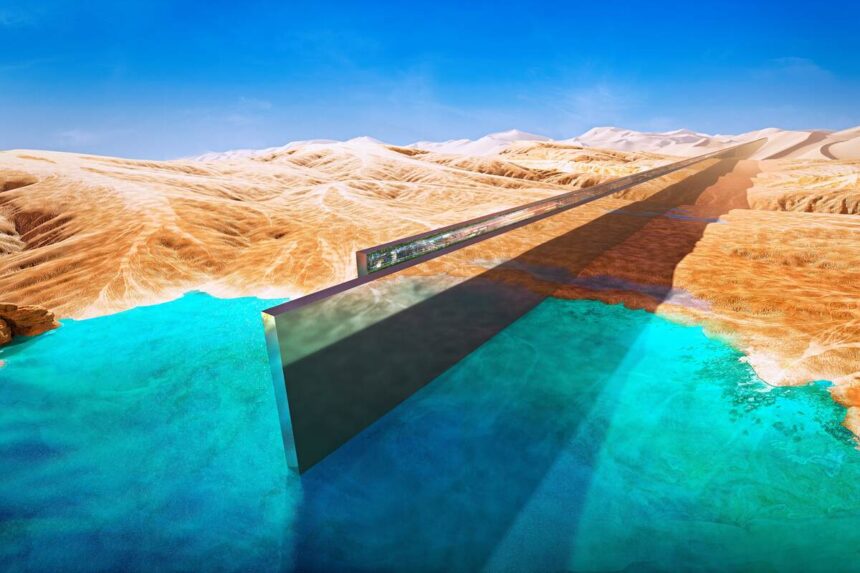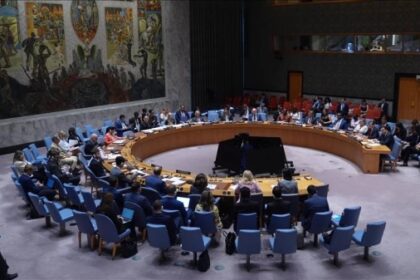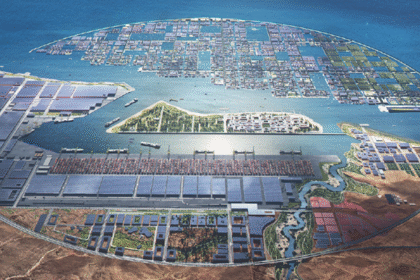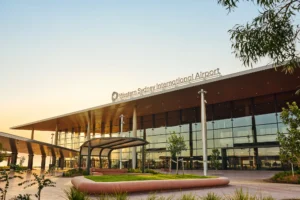NEOM remains the crown jewel of Saudi Arabia’s Vision 2030 agenda—a vast reimagining of urban life stretching across 26,000 square kilometers along the Red Sea. This groundbreaking initiative includes a series of futuristic developments: The Line, Oxagon, Trojena, and Sindalah, as well as visionary concepts like Aquellum and Zardun.
Originally conceived as a 170-kilometer linear metropolis, The Line underwent a strategic reconfiguration in 2024. The initial build-out has been scaled back to 2.4 kilometers, with a revised population goal of 300,000 residents by 2030. This recalibration reflects the realities of immense costs (exceeding $1 trillion), complex technical demands, workforce limitations, and evolving design priorities.
Despite this shift, progress across other NEOM sectors continues steadily. Oxagon is emerging as a smart industrial and logistics zone centered around hydrogen technologies and automation, with support from firms such as Air Products and ACWA Power. Trojena is transforming into a year-round alpine destination and will host the 2029 Asian Winter Games. Sindalah, NEOM’s inaugural tourism island, has opened its doors to visitors since 2024. Meanwhile, Aquellum—revealed in early 2024—is a high-tech underground city embedded in coastal cliffs, designed with vertical transit systems and an innovative “inverted tower” configuration.
Development of the NEOM International Airport (NUM) is well underway. Domestic routes are active, and preparations for full international operations are in motion.
Rather than slowing down, the project has shifted toward a phased, flexible approach—focusing on the most feasible zones first and adjusting resource allocation to match changing conditions.
With a persistent gap in qualified labor and engineering expertise, demand remains strong for capable construction partners—particularly in infrastructure, concrete works, finishing trades, and niche specializations. This evolving landscape presents valuable entry points for global contractors who can deliver precision, reliability, and efficiency.
“NEOM is far more than a bold design—it’s a real-world stress test for traditional development frameworks. These adjustments aren’t signs of failure but proof of strategic maturity: a willingness to scale realistically, mitigate risks, and deploy resources wisely,” said Igor Bukato, an international expert in construction and infrastructure.









